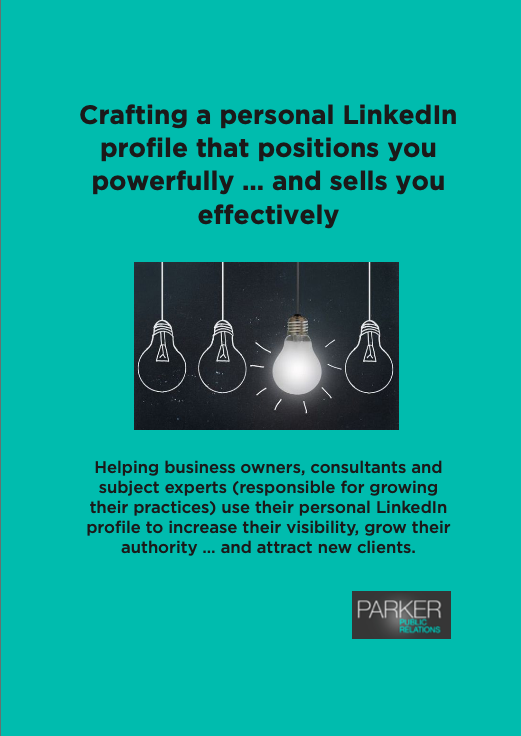The two most asked questions I get from wide-eyed, would-be thought leaders, anxiously preparing themselves for their journeys into the unknown:
- What on earth do I write about?
- How do I constantly come up with goods?
And my usual answer – look no further than your target audience. Let them be your guide!
After all, they’re ones you’ll be writing for or talking to and whose lives you’ll be impacting and adding value to. They’re the ones you’ll be sweeping up and carrying along with you on your thought leadership journey.
Do your thought leader intelligence gathering
Regardless of whether your thought leadership goal is to build competitive advantage, become the ‘go-to’ person for your expertise, create a prestige organisation or make the world a better place, you will need to do a little sleuthing.
You will need to understand your audience and get to grips with what they are talking about.
- What keeps them awake at night?
- What are their pain-points?
- What mistakes are they repeatedly making?
- How can you effectively fill in their knowledge gaps?
Also think about those unanswered questions surrounding stories and news in your field of work and research and look to answer those. In addition, figure out why people are coming to you for information, and capitalize on that.
Familiarize yourself with the emerging issues, trends, threats and disruption facing your industry and think about how best you can help your audience prepare for these eventualities.
Critical to your intelligence gathering is accessing books and articles on your niche topic and consuming online content produced by influencers you respect and potentially aspire to emulate.
However, don’t lose touch with your own internal compass and your vision for becoming a thought leader; simply be open to adapting and growing as you consume content from the people doing it really well.
Do deep research on the topic
One of the best ways of building great thought leadership content is to produce deep research on your niche topic.
This will give you a depth of knowledge that no one else has and can become the basis for future blogs, media releases, articles, social media posts, white papers, public speaking presentations, podcasts, even a business book.
This research does not need to involve hundreds of different projects each year, but can simply be one truly worthwhile project that provides invaluable insights.
Including data and research in your articles will ensure that what you say is evidence-based and elevate your standing as a thought leader, vastly increasing the likelihood of the media and bloggers seeking you out.
If nothing else, having actual data will make your ideas that much more persuasive!
Develop your calendar of content ideas
With your thought leader goal in mind, create a calendar of story and content ideas.
These ideas can be applied across all the communication channels you decide to use – blogs, social media, online forums, media releases, podcasts, videos, talks and so on.
Should your key intent for thought leadership be about introducing a new concept or a new approach to doing things, ideally your content should have a narrative or story arc which gradually inches your audiences towards your overriding goal or objective.
Once you have introduced readers and listeners to your concept or idea, subsequent stories can be a mix of valuable tips or insights, answers to questions, stories that solve pain points, case studies, success stories, stories that challenge the status quo or address the issues of the day.
Key rules for thought leadership content
Regardless of whether you’re writing or speaking, your content should:
- Carry your vision forward and support your end goal
- Sell ideas and deep thinking … but never, never sell products or services
- Help people make better business decisions and identify best practices
- Address existing problems
- Identify new business opportunities
- Keep people abreast of emerging trends
- Be evidence-led
- Be innovative, big picture and transformative
- Provide information that goes beyond current thinking
- Provide the deepest and best answers to questions
- Lead the conversation and challenge your target audience
- Be fresh, interesting, relevant , opinion driven, thought provoking and occasionally controversial
- Offer something new and different, including difficult issues and disruptive ideas
- Buck the trend, even throw stones at giants.
If you are interested in learning more about thought leadership and developing your content calendar and story arc, Parker Public Relations provides ongoing mentoring and coaching or you can book into one of our regular two-hour workshops.
Let us know if you are interested in coaching or a workshop. To get in touch, click here, or contact Wendy at wendy@parkerpublicrelations.com.au


